The south Caucasus Destination Specialist
Click on map to view detail
MIR offers customized programs throughout the three South Caucasus countries, Georgia, Armenia, and Azerbaijan. We know our way around the winding cobbled streets of old Tbilisi, Georgia’s capital city, and the vineyards of the wine region, Kakheti; we’ve climbed the steps of the Cascade, a modern monument in the middle of Armenia’s capital, Yerevan, and heard the choir singing at the pagan Temple of Garni; and we’ve wandered the back streets of Baku, capital of Azerbaijan on the Caspian Sea, where grand old mansions remain from its first oil boom in the late 19th century.
With an affiliated office in the Georgian capital of Tbilisi, MIR is ideally positioned to receive individual travelers, cultural explorers, adventure and outdoor enthusiasts, and private jet and train expeditions. Accommodations available through MIR in the South Caucasus can range from luxury boutique hotels and world-class five star properties, to rustic mountain lodges and small locally-owned getaways.
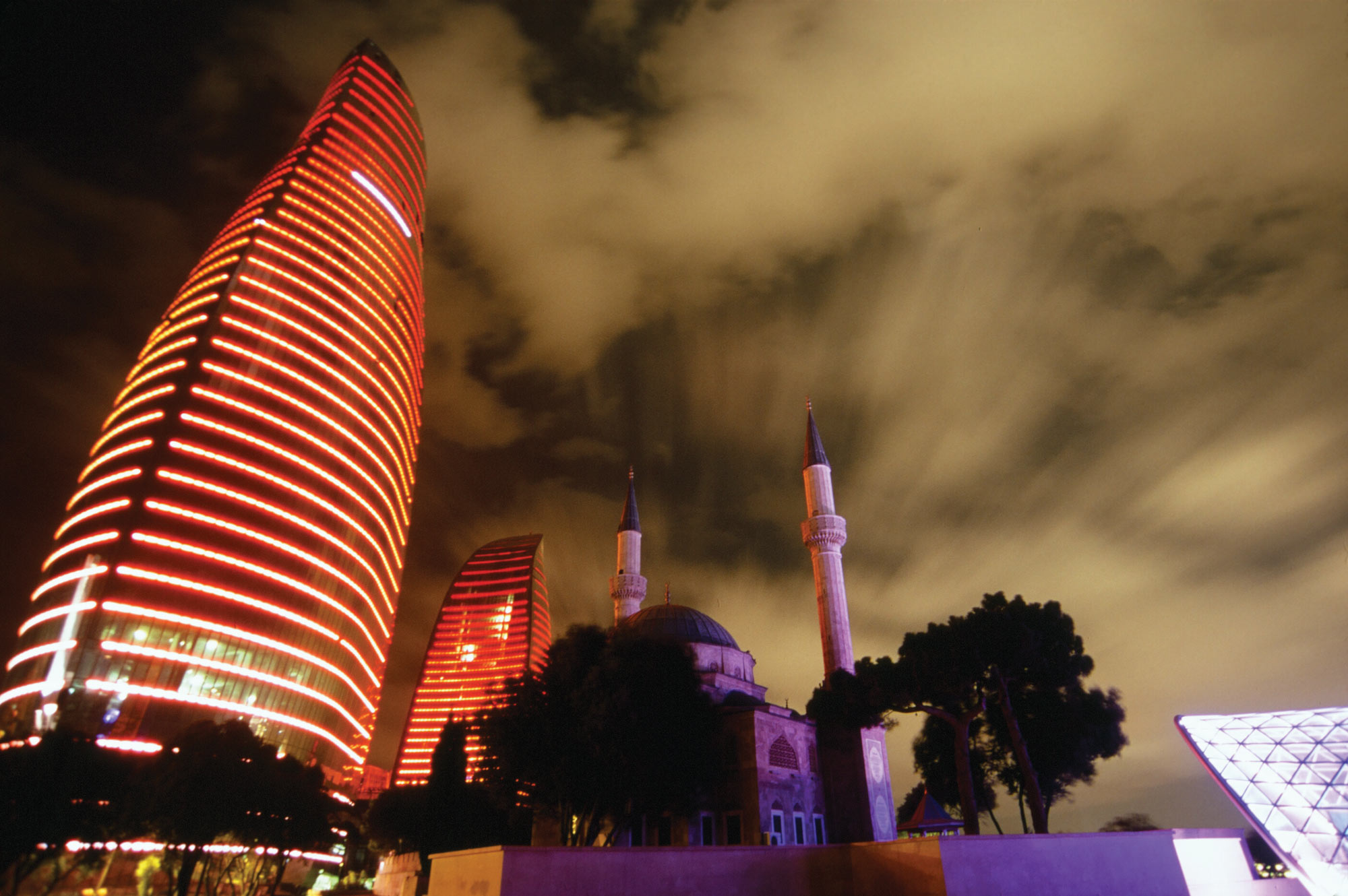


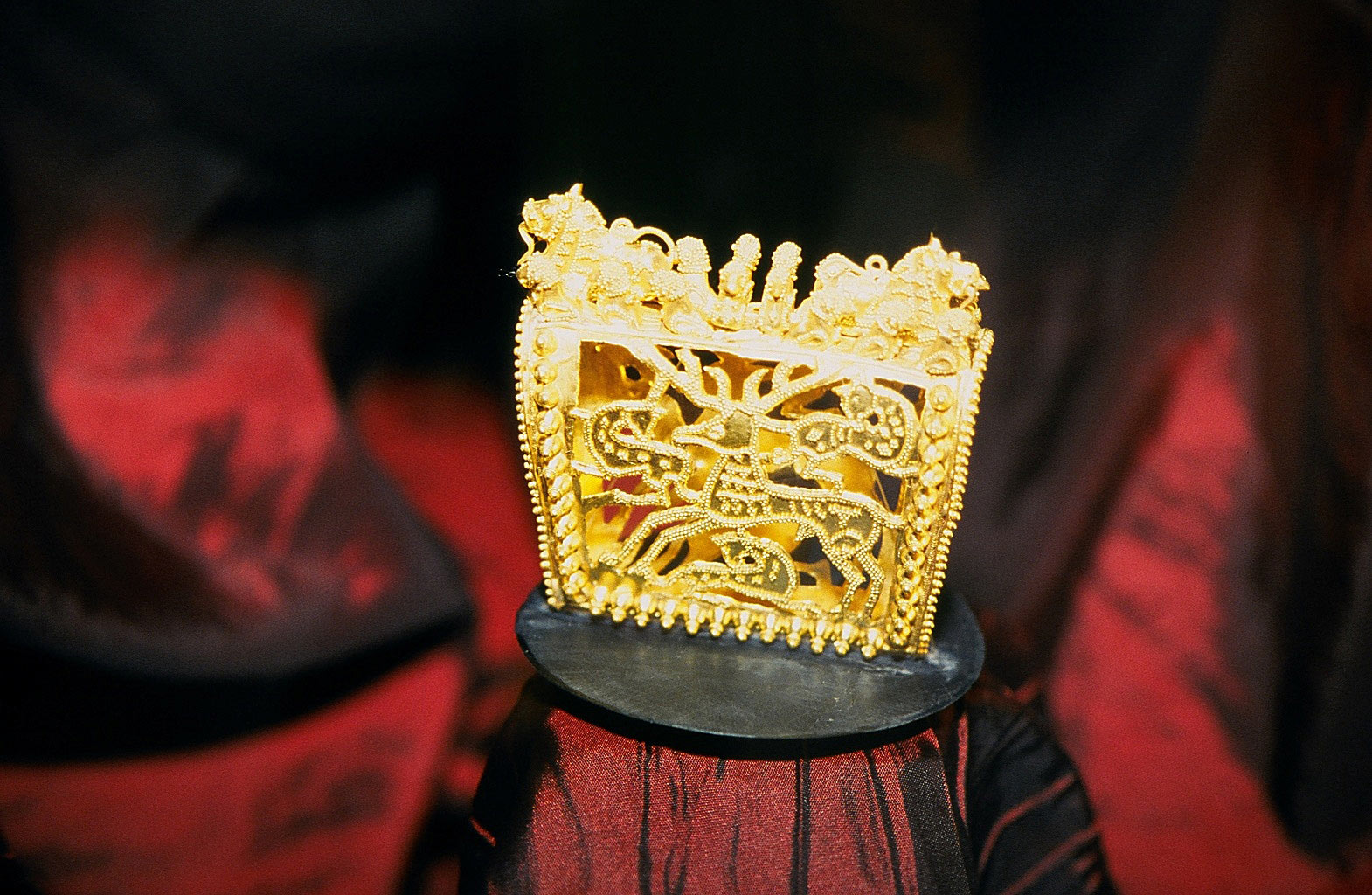
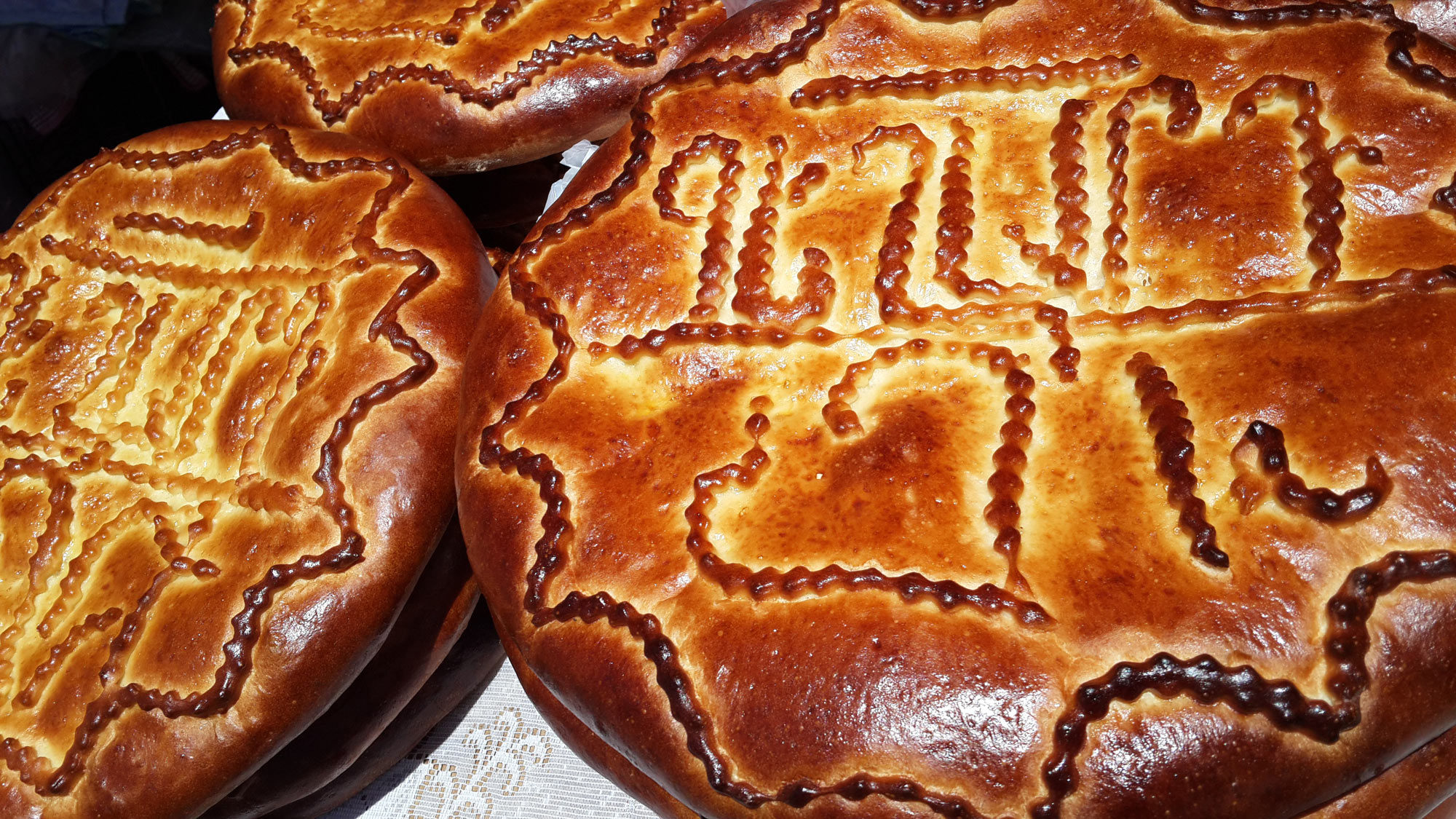
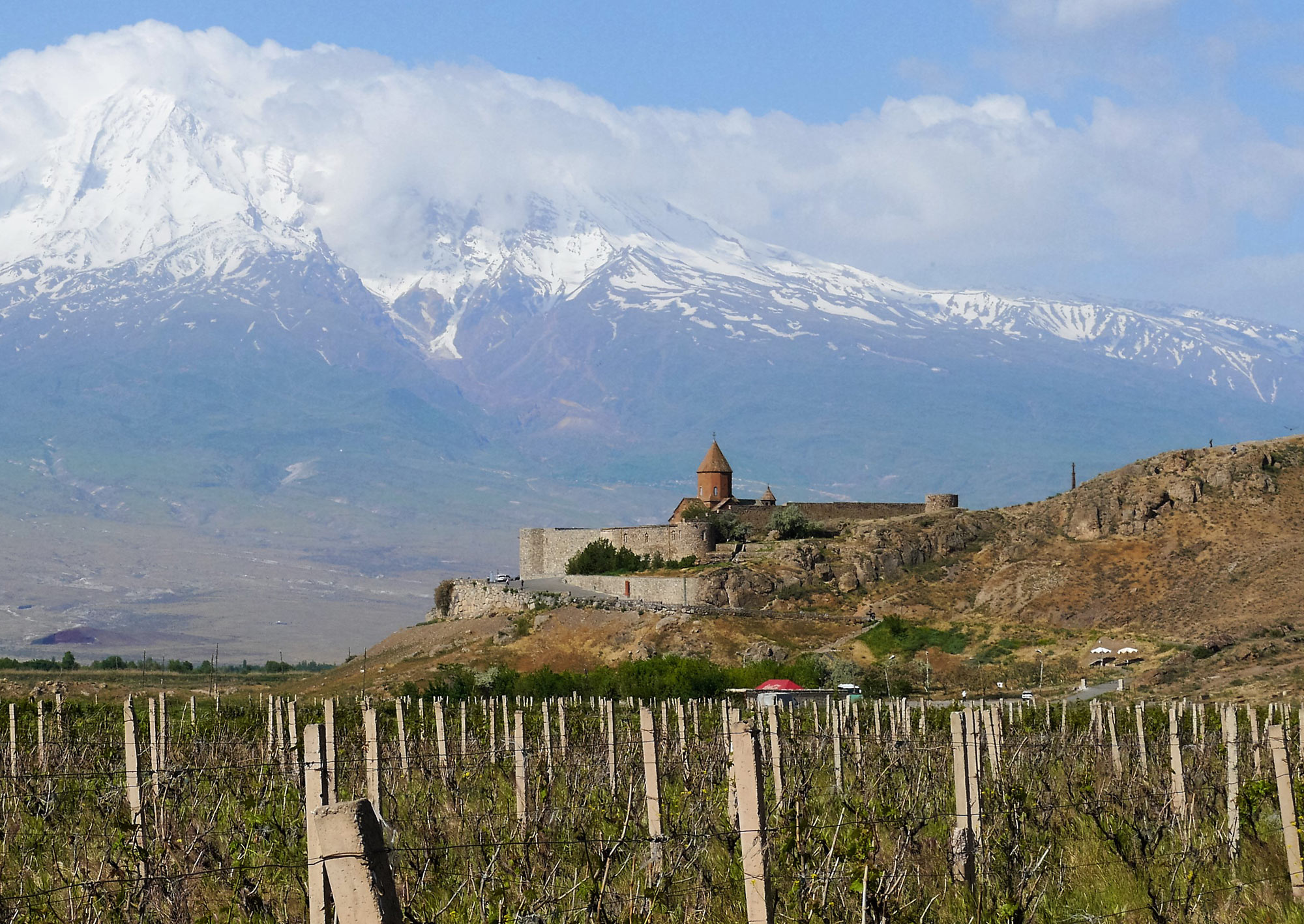
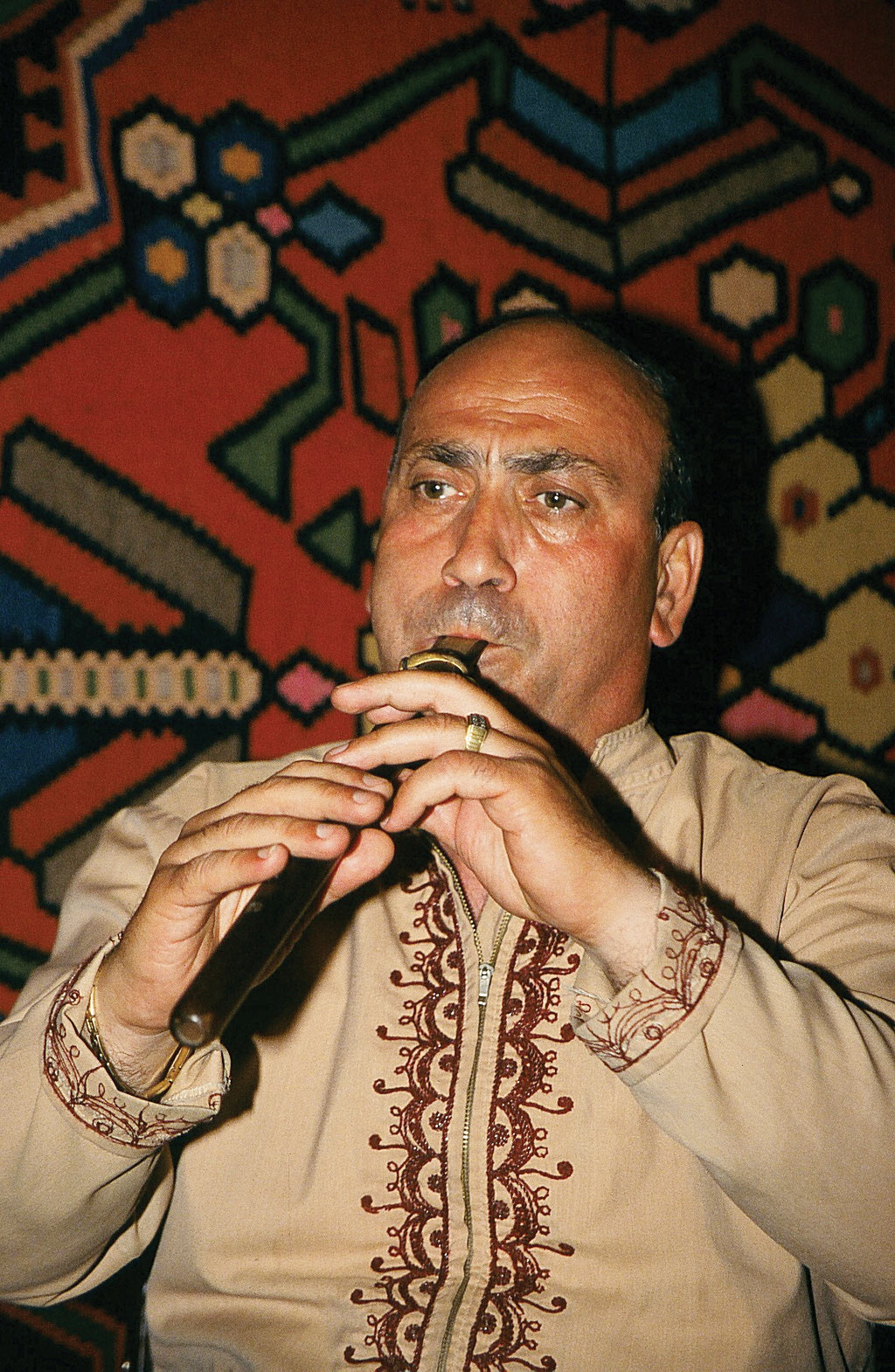
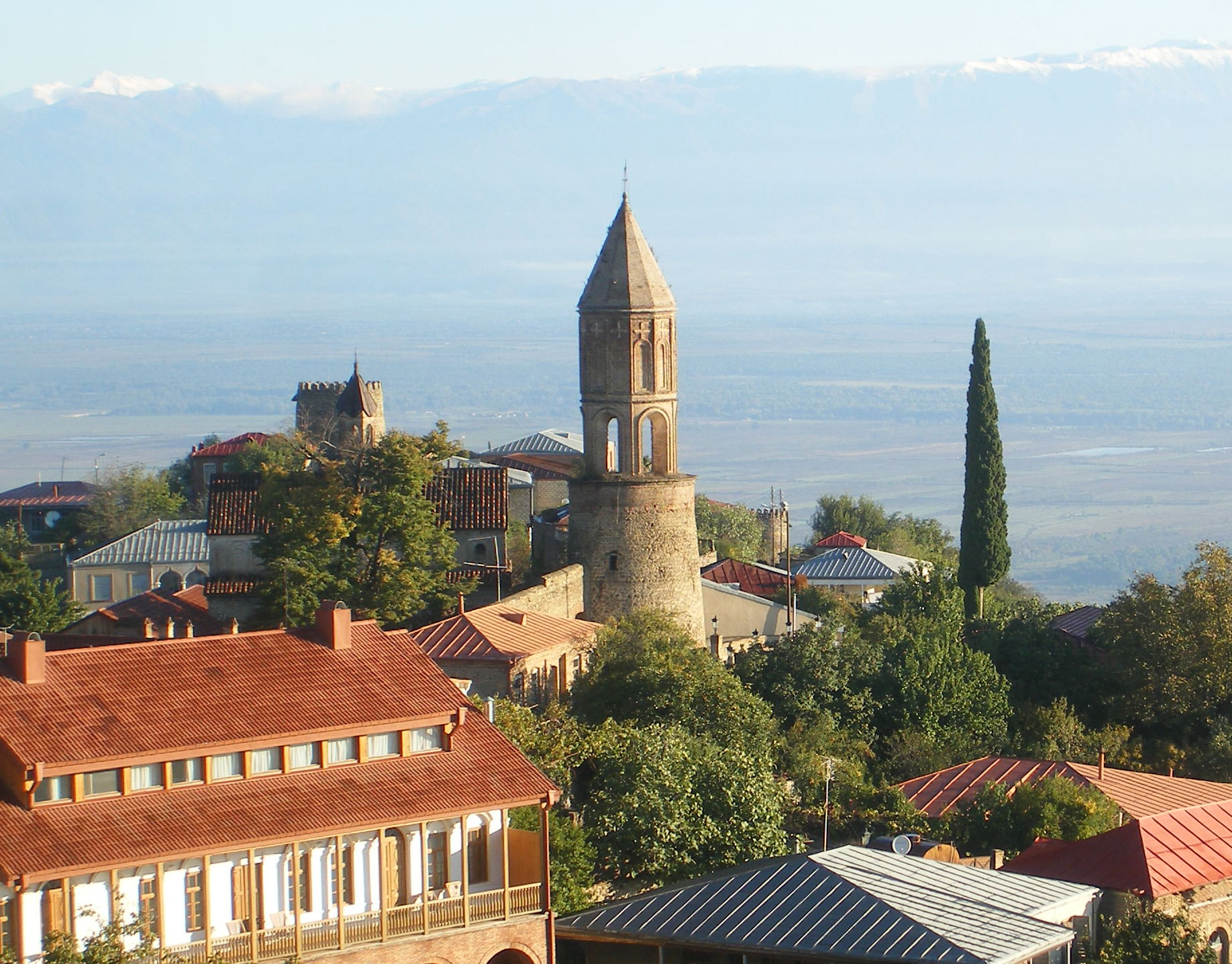
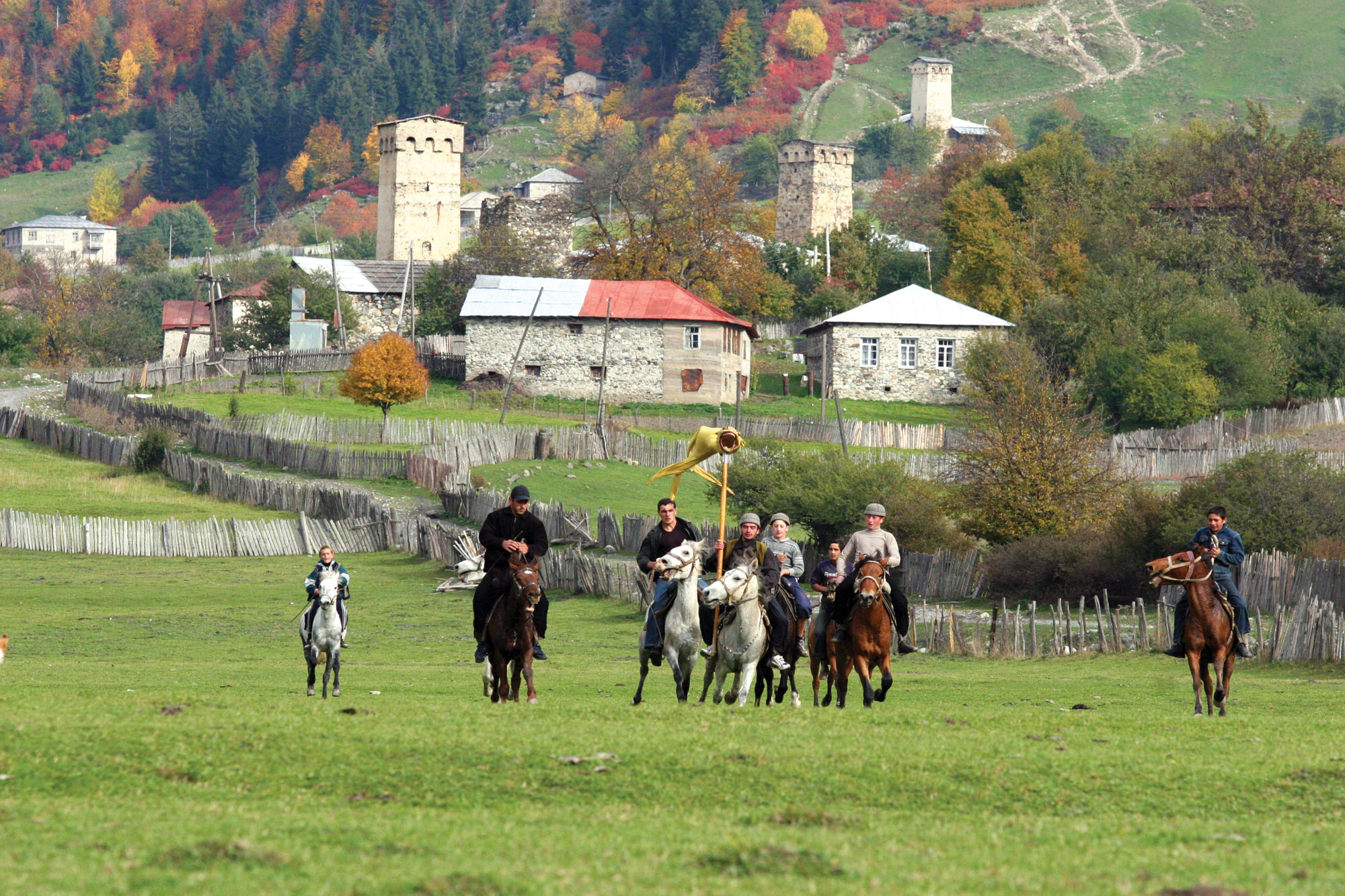
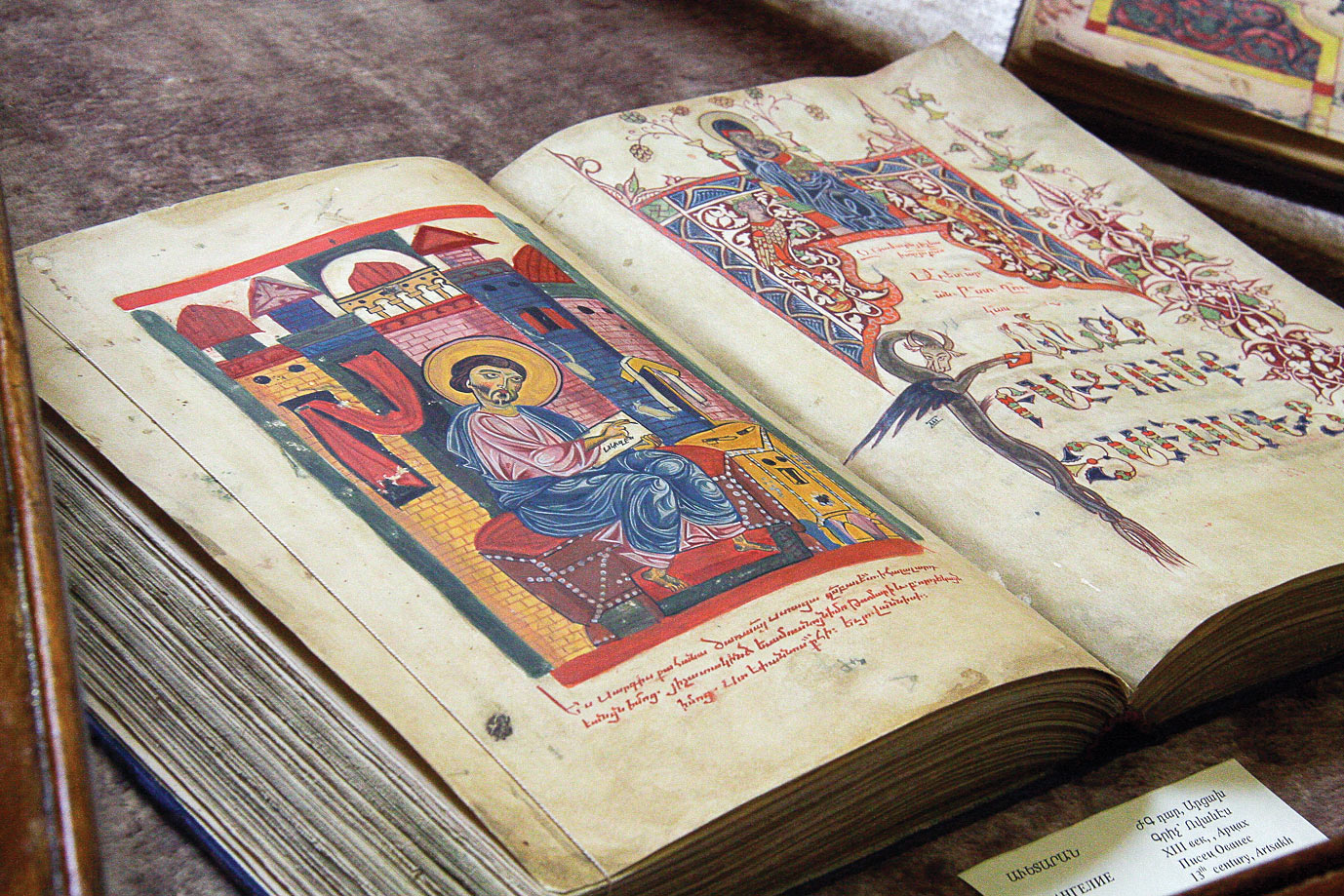
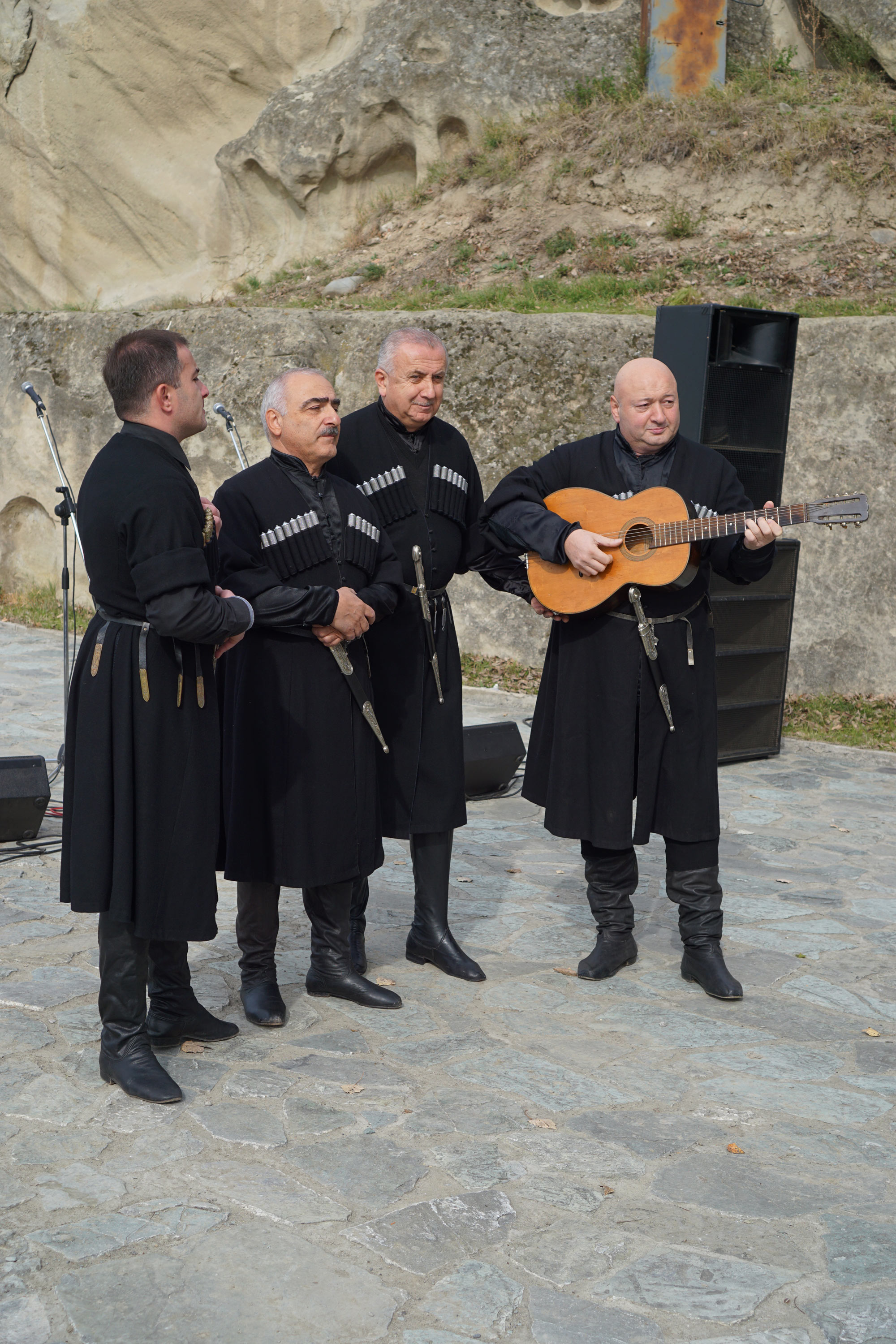


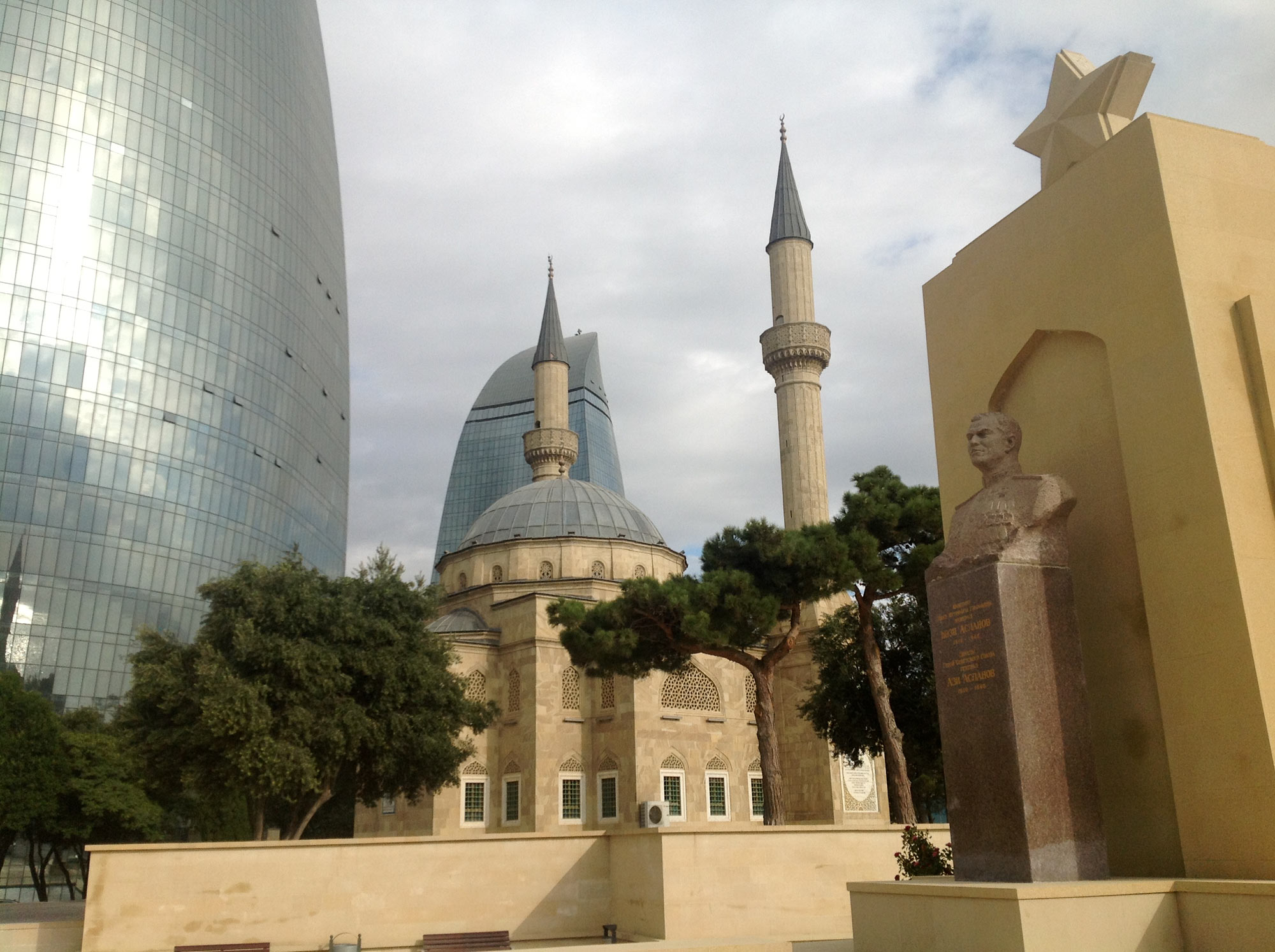
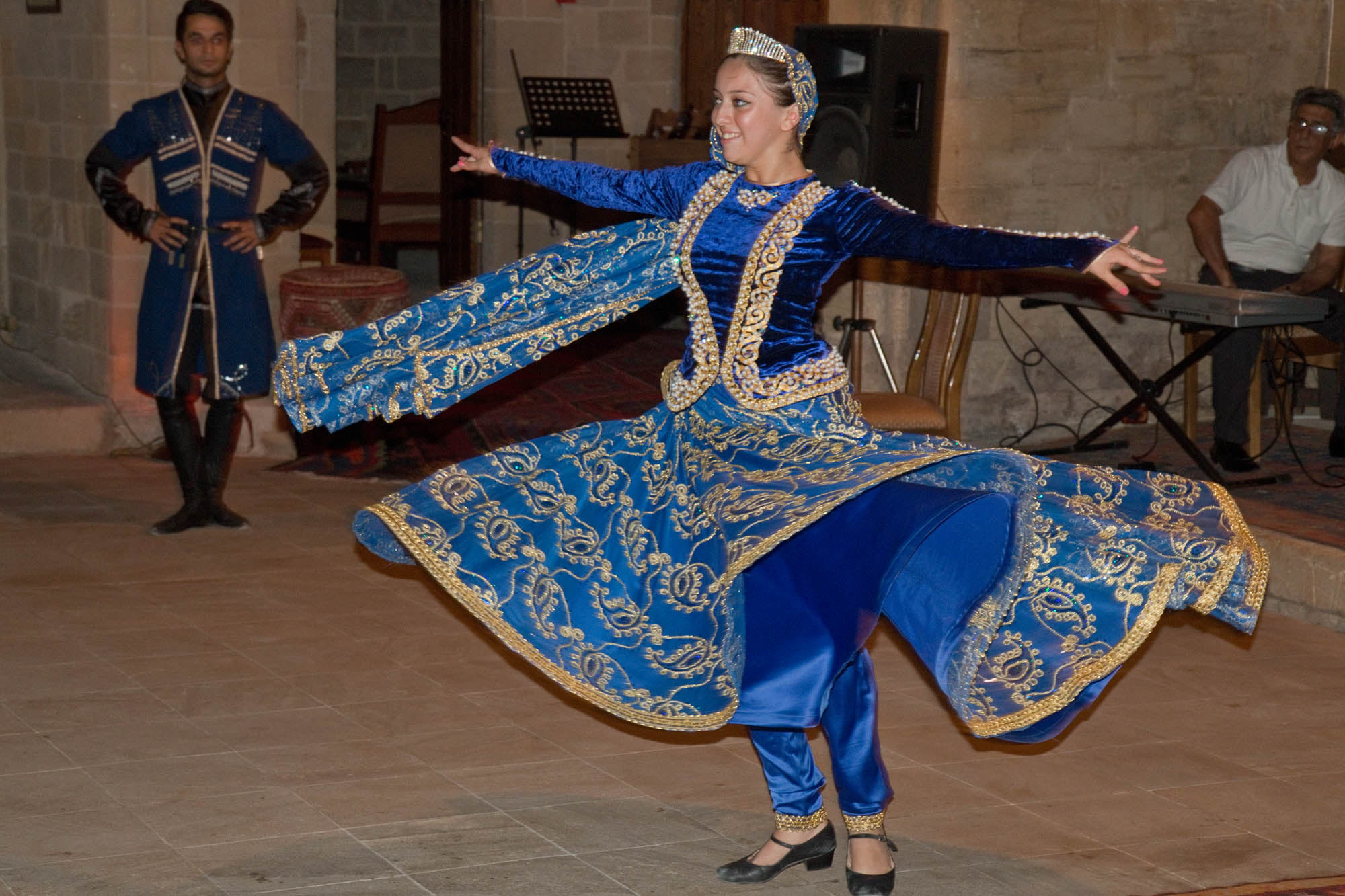
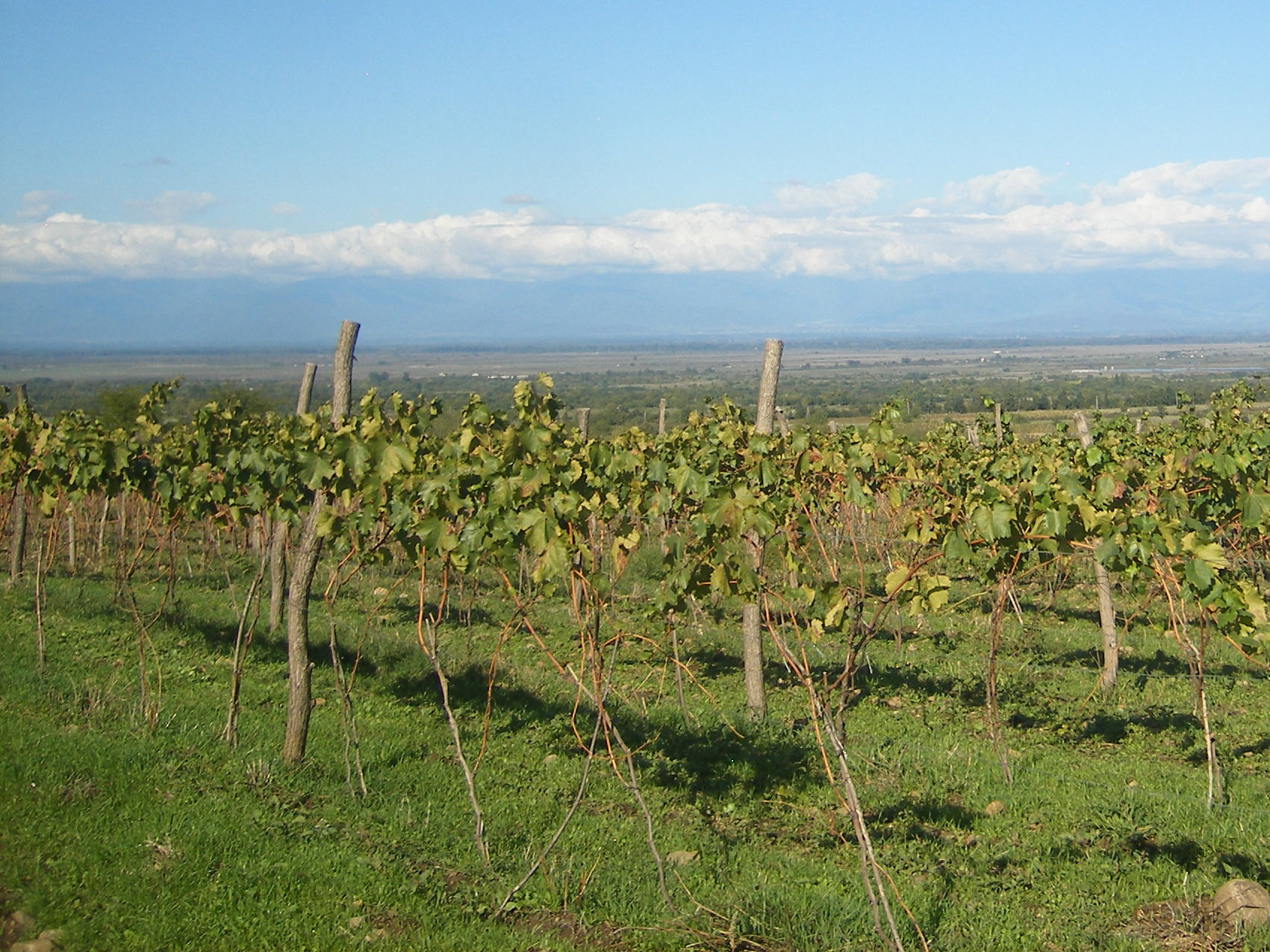

Places to Visit
Georgia, Armenia and Azerbaijan, the three countries of the South Caucasus, interlock like puzzle pieces on a strip of mountainous land wedged between the Black and Caspian seas. Each shares a border with the other two, three unrelated languages are spoken, and two different religions hold sway. The Muslim people of Azerbaijan and the Christians of Armenia and Georgia all have robust pagan roots, a love of life and a strong culture of hospitality, home and hearth.
capItal cItIes – baku, azerbaIjan
Encircled with medieval city walls, the winding alleyways of Baku’s UNESCO-listed Old Town contrast sharply with the LED-lit skyscrapers on its shoreline. Even after 80 years of official Soviet atheism, its people identify as Shi’ite Muslims. Baku’s main business is fossil fuels, extracting and transporting the great oil and gas reserves under the waters of the Caspian Sea.
tbIlIsI, GeOrGIa
Tbilisi’s Old Town, its houses sporting carved wooden balconies and its shops selling the creamy cheese bread called khachapuri, sits beneath the 4th century Narikala Fortress on the hill above. Set in the Mtkvari River valley, at the mouth of an historic passageway between East and West, Tbilisi is welcoming, tolerant, vital and full of life.
yerevan, armenIa
The capital city of Armenia, founded in 782 BC, is older even than Rome. In 310 AD, Armenia’s king made Armenia the first Christian country in the world, a fact which has greatly affected its history. The city features a large central square with broad avenues radiating from it, and a ring of parkland. Mountains surround Yerevan, including the snow-covered peaks of Ararat to the south.
the caucasus mOuntaIns
The jagged Caucasus Mountains slash through Georgia, Armenia and Azerbaijan from northwest to southeast, leaving a wide valley where ancient travelers picked their way between the Black and Caspian Seas. In the steep and remote Svaneti region of Georgia, the rocky peaks have protected the Svanetian way of life for centuries; it’s said that the traditions and culture of Svaneti are “more Georgian” than anywhere else in Georgia.
frOm sea
tO sea
The three South Caucasus countries taken together stretch across a narrow land bridge between the Black and Caspian Seas. Georgia claims a subtropical stretch of beautiful Black Sea coast, while Azerbaijan, the only Caucasian country with a coastline on the Caspian Sea, benefits from the oil, if not the beauty, of the shallow, saline Caspian. Meanwhile, landlocked Armenia borders both of them, as well as Turkey and Iran.
Oldest wIne reGIOn
Europe’s earliest-known wine residues were discovered at the bottom of an 8,000-year-old Georgian qvevri, the bigbellied ceramic vessels that are still used today by traditional wine-makers. Even today, qvevri are buried in the ground, filled with macerated grapes, skins and pips, and covered. The liquid is stirred now and then until the solids sink to the bottom and the wine is fermented to the winemaker’s taste. The ancient method was inscribed onto UNESCO’s list of Intangible Cultural Heritage in 2013.
archaeOlOGIcal treasures
Humans have inhabited the South Caucasus region for many thousands of years: Georgia is home to the earliest hominid remains yet discovered in Europe, the 1.7-million-year-old hominid skulls unearthed at Dmanisi and kept in a Tbilisi museum. Armenia lays claim to the world’s oldest leather footware, the 5,000-year-old one-piece hide shoe discovered at the Areni-1 site in 2008. Azerbaijan hosts UNESCO-listed Gobustan, three acres of rocky land near the Caspian Sea where early inhabitants produced some 6,000 rock carvings over a period of 40,000 years.
Oldest chrIstIan natIOns
Christianity has been crucial to the development of a sense of identity and pride in Armenia. In 310 AD, Armenia’s King Trdates III converted to the new creed and adopted it as the state religion, making Armenia the first Christian country. Georgia followed suit in 327, after the country’s favorite saint, Nino, converted the queen and convinced the king of her God’s power. Legend says that St. Nino constructed a cross from vine leaves and her own hair; today it is the most important relic in the Georgian Orthodox church.
ancIent stOne churches
Powerful old churches, built of huge blocks of red or yellow stone are silhouetted on Georgian and Armenian hilltops or tucked away in the valleys. The UNESCO World Heritage site of Mtskheta in Georgia includes the massive yet graceful 11th century Svetitskhoveli Cathedral, its interior decorated in artistic murals; and Armenia’s UNESCO-listed 10th century Haghbat and Sanahin monasteries have atmospheric stone churches, whose cemeteries are studded with Armenian khachkar (carved stone crosses).
cave tOwns and mOnasterIes
The Caucasus foothills are pockmarked with caves of human and natural origin, put to use as invulnerable towns or serene monasteries. Georgia’s cave city, Uplistsikhe, meaning Lord’s Castle, may have been populated before 1000 BC, and was once one of the most important centers along the trade route linking Byzantium with India and China. Carved into the side of a mountain, UNESCO-listed Geghard Monastery is one of the most fascinating monuments in Armenia.
Armenia:
Monasteries of Haghbat and Sanahin
Cathedral and Churches of Echmiadzin and the Archaeological Site of Svartnots
Monastery of Geghard and the Upper Azat Valley
Azerbaijan:
Walled City of Baku with the Shirvanshah’s Palace and Maiden Tower
Gobustan Rock Art Cultural Landscape
Georgia:
Bagrati Cathedral and Gelati Monstery
Historical Monuments of Mtskheta
Upper Svaneti
UNESCO World
Heritage Sites:
Signature Experiences
MIR has a broad and long-standing connection with the countries of the South Caucasus. Our depth of experience here, and our extensive network of expert guides and talented staff assure you of a partner who can deliver high-quality service and creative itineraries to your clients. We delight in working closely with incentive travel and tour professionals to showcase Armenia’s centuries-old carved stone khachkar crosses, the full-bodied wines of Georgia, and the medieval architecture of Azerbaijan.
Thematic itineraries including:
Nobel House Museum Private Reception
Visit the Villa Petrolea Nobel Brothers’ Museum for a private reception; the history of Baku’s oil boom is inextricably bound up with the Nobel family, including Alfred, the man who established the Nobel Prizes.Authentic Caravanserai
Imagine yourself a Silk Route merchant as you explore an authentic caravanserai in Sheki, Azerbaijan.The Georgian Table
Savor an authentic “Georgian Table,” featuring an abundance of local specialties and an official Georgian toastmaster, called a tamada.Polyphonic Singing Traditions
Enjoy an inspiring performance of Georgian traditional polyphonic singing and visit a cultural studio and school where traditions are taught to the younger generation.Cave Towns of Georgia
Hike the massive 12th century cave town of Vardzia, transformed by Georgia’s Queen Tamara into a renowned monastic center.Tower Architecture and Culture of Svaneti in The Caucasus Mountains
Explore the stacked stone medieval watchtowers of UNESCO-listed Svaneti, Georgia’s remote and gorgeous Caucasus Mountain region, and learn about the culture of the highland Svan people.A Capella Singers at Garni
Listen to traditional Armenian songs sung a capella by a top-notch vocal ensemble during a private concert at 1st century Garni Temple.One of the World’s Oldest Book Collections
Marvel at the reverence for the written word at Yerevan’s Matenadaran Museum, where the vast collection of more than 17,000 manuscripts has existed since the 5th century.Brandy Tasting
Taste genuine Armenian cognac at the Ararat Brandy Company, the distillery that still produces the brandy of which Winston Churchill is said to have ordered 400 bottles annually.
South Caucasus Suggested Itineraries
Send your clients with us to the sharp mountains of Georgia for feasting, singing and toasting; to the Caspian sea shore of Azerbaijan to inspect pre-historic petroglyphs and the glitzy evidence of 21st century petro-dollars; and to the hills and dales of Armenia, where early Christians carved fantastic patterns into thousands of rock crosses.
Day 1, Arrive Tbilisi, Georgia
Day 2, Tbilisi
Day 3, Tbilisi
Day 4, Tbilisi • drive to Mtskheta • Ananuri • Kazbegi (Caucasus Mountains)
Day 5, Kazbegi • drive to Gudauri • pass by Tbilisi to Signagi
Day 6, Signagi
Day 7, Signagi • drive to Tbilisi via wine country
Day 8, Depart Tbilisi
culture & cuIsIne In the republIc Of GeOrGIa
the sOuth caucasus: GeOrGIa, armenIa,
azerbaIjan
Day 1, Arrive Baku, Azerbaijan
Day 2, Baku
Day 3, Baku • drive to Sheki
Day 4, Sheki
Day 5, Sheki • drive to Tbilisi, Georgia via wine country
Day 6, Tbilisi
Day 7, Tbilisi
Day 8, Tbilisi • drive to Gudauri (Caucasus Mountains)
Day 9, Gudauri • drive to Tbilisi via Gori & Uplistsikhe
Day 10, Tbilisi • drive to Yerevan, Armenia via UNESCO sites
Day 11, Yerevan
Day 12, Yerevan • day trips to Echmiadzin, Garni, Geghard
Day 13, Yerevan • day trip to Khor Virap
Day 14, Yerevan • day trip to Lake Sevan
Day 15, Depart Yerevan
GeOrGIa & armenIa featurInG svanetI
Day 1, Arrive Yerevan, Armenia
Day 2, Yerevan
Day 3, Yerevan
Day 4, Yerevan • drive to Gyumri
Day 5, Gyumri • drive to Bakuriani, Georgia via Vardzia
Day 6, Bakuriani • drive to Kutaisi
Day 7, Kutaisi • drive to Mestia, Svaneti region
Day 8, Mestia
Day 9, Mestia
Day 10, Mestia • drive to Batumi
Day 11, Depart Batumi

